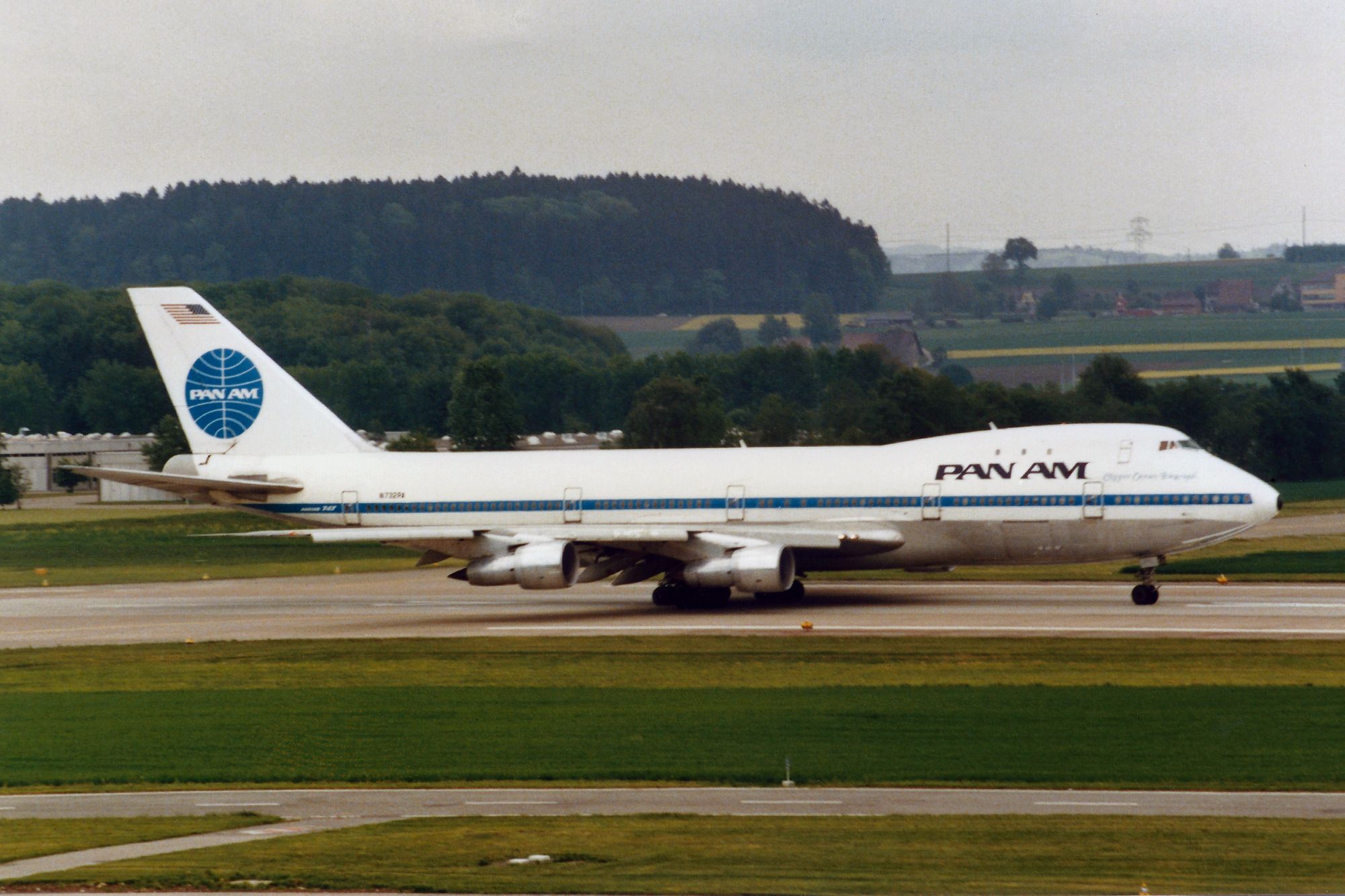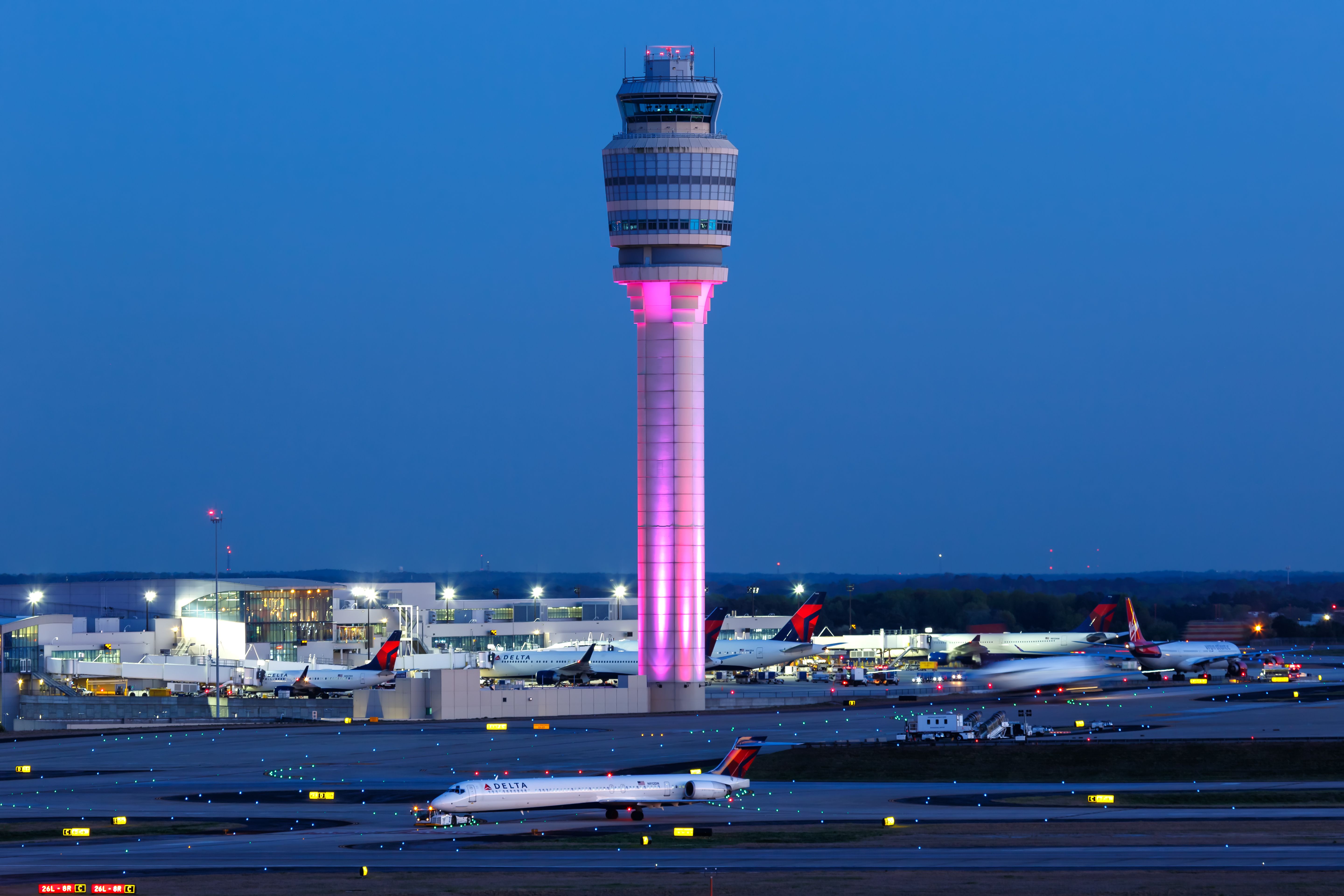Summary
- ATC sometimes uses “Souls” instead of “People On Board,” but the latter is more accurate and avoids confusion.
- The term “Souls” has nautical origins and was used to count passengers and crew on aircraft.
- “Souls” may still be used in aviation, but “People On Board” is now the preferred term to avoid confusion and miscommunication.
According to the Federal Aviation Administration (FAA) and the Air Traffic Control (ATC) handbook, the correct ATC communication is to say “People On Board.” Despite this, ATC controllers sometimes continue to use the term “Souls” when communicating with aircraft.
So, what do they mean when they say “Souls”? According to the dictionary definition in Christianity and other religions, the soul is the spirit or immaterial part of human beings that people believe continues to exist in some form after their body has died.
“People On Board” is better than “Souls On Board”
In a way, using the words “Souls On Board” does not make sense, as aircraft are sometimes tasked with transporting the bodies of people who have died. This may be why “People On Board” is a better term. The phrase also eliminates any confusion when differentiating between passengers and crew members onboard, including any other airline employees who may be flying in the jump seat.
The term “Souls” appears frequently in early scriptures and dates back to the Sumerians, who lived in Southern Iraq around 4500 BC. They translated the word to mean breath or life. As civilizations came and went, the religious scholars were always the most educated, which may account for the word being used so frequently in today’s English.

You might also like:
A Brief Guide To Often-Heard But Seldom-Known Aviation Jargon
Definitions to industry terms that might be unclear to an outsider.
The word “Souls” is also used in nautical phraseology
Regarding the number of people onboard an aircraft, the term “Soul” was used to count the total number of people onboard – in other words, the number of passengers and crew. The word can be traced back to the great sailing ships of the 18th century. Back then, many ships were lost at sea, and the missing dead sailors were called lost souls, reflecting how dangerous being at sea was and the fine line between life and death.
Curiously, because the founder of Pan American Airways (Pan Am), Juan Trippe, was fascinated with ships and the sea in the early 1930s, he wanted his planes to be luxurious like ocean liners. Pan Am’s flying boats were called “Clippers” and had captains and stewards dressed in what looked like naval uniforms.

You might also like:
The Story Of Pan American World Airways
Pan American World Airways operated for 61 years, developing extensive international routes from the US before facing bankruptcy.
Military connections
Other nautical words were adapted into aviation, including the word “Souls.” Using this word also provided ATC controllers a faster way to grasp how many people were onboard the plane in an emergency rather than asking how many passengers and crew members.
Some ATC controllers who use the word soul may do so because of their interaction with military aircraft. Whenever they had to change destinations, air force pilots were taught to relay to ATC controllers how many souls were aboard the plane. The controllers would then relay the number to the airport the plane was flying to.
Photo: FAA
According to the National Air Traffic Controllers Association:
“(Rod) Peterson (a retired controller who researched the history of the handbook that controllers use), who started his FAA career at Jacksonville Center, recalls that military pilots were taught to relay the number of souls on board, among other information, whenever they changed flight destinations. Controllers then forwarded the details to the affected bases.”
In the 1980s, when the FAA replaced “Souls On Board” (SOB) with “People On Board” (POB), it may have done so because of the initialism of SOB being confused for a derogatory term. While “Souls On Board” is still used in aviation today, it is more often associated with the number of passengers and crew killed following an air crash. ATC controllers use “Souls” so that rescuers will know how many passengers and crew they are looking for in the event of a crash.
In such circumstances, it is imperative that there is no room for misunderstanding or miscommunication. Among some of the recent high-profile aircraft crashes where the term “Souls” may have been used are:
- China Airlines Flight 676 – an Airbus A300 that crashed while attempting to land at Taipei Taoyuan International Airport (TPE) after a flight from Denpasar (DPS), killing all 196 onboard as well as seven people on the ground. The accident occurred in February 1998.
- Malaysia Airlines Flight 17 – a Boeing 777-200ER traveling from Amsterdam Schiphol Airport (AMS) to Kuala Lumpur International Airport (KUL) that was shot down over Ukraine in July 2014, killing all 298 passengers and crew members onboard.
- American Airlines Flight 587 – an Airbus A300 that crashed in November 2001 on take-off from New York John F. Kennedy International Airport (JFK), bound for Santo Domingo (SDQ). All 260 people onboard were killed, as well as five on the ground, making it the second-deadliest Airbus A300 crash after Iran Air Flight 655.
- Yeti Airlines Flight 691 – an ATR 72-500 that crashed while landing at Pokhara International Airport (PKR) after a flight from Kathmandu (KTM). All 72 people onboard were killed in what is the deadliest crash involving the ATR 72 aircraft.
- Flydubai Flight 981 – a Boeing 737-800 from Dubai International Airport (DXB) that crashed while landing in inclement weather at Rostov-on-Don Airport (RVI) in Russia in March 2016. All 62 passengers and crew members onboard were killed in the crash.

You might also like:
When Air Traffic Control Turns Light-Hearted: Some Of Our Favorite Conversations
Every now and then, opportunities arise for a bit of fun on the airwaves.



